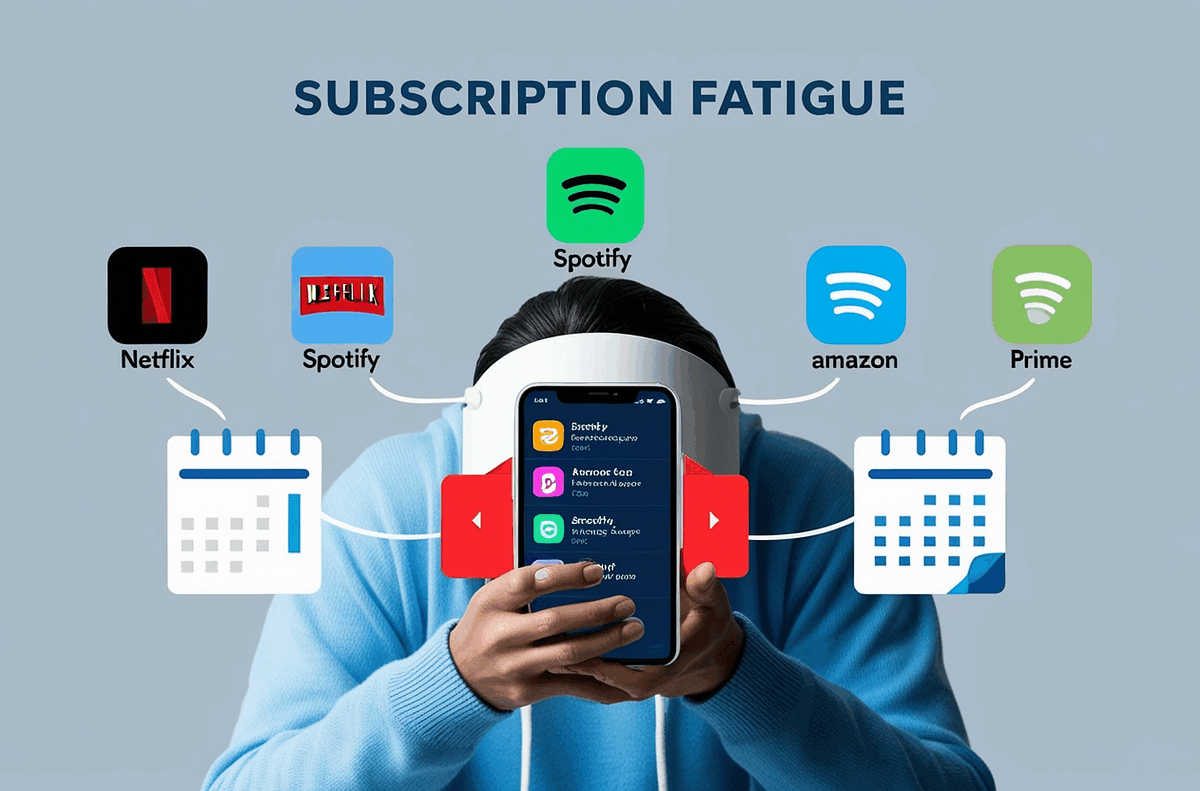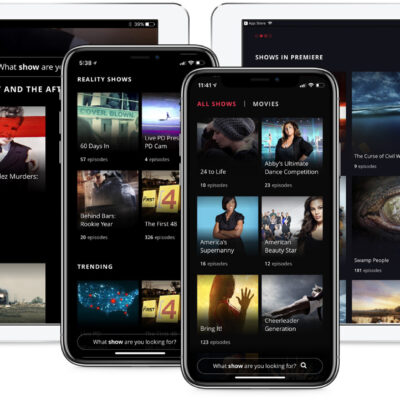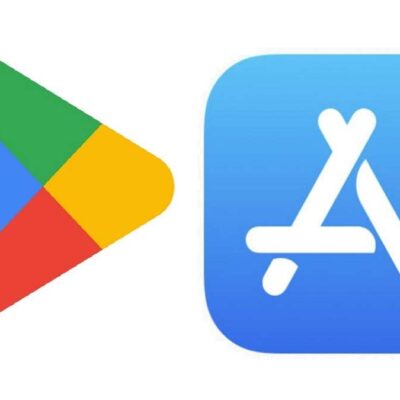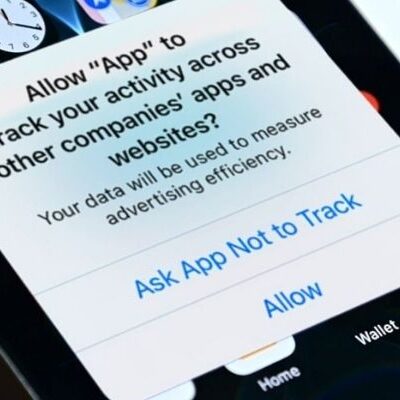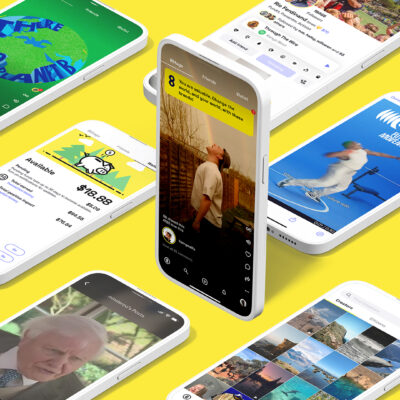In the past decade, the app industry has experienced significant growth. With millions of apps now available across various platforms, developers have to constantly adapt to a dynamic market to stay relevant. One of the most significant trends to emerge over this period is the shift to subscription-based pricing models. While subscriptions offer a steady revenue stream for app developers, they have also led to a growing problem for users: subscription fatigue. As more apps adopt subscription pricing, consumers are becoming increasingly overwhelmed by the sheer number of recurring charges. This article delves into the phenomenon of subscription fatigue, its impact on the app industry, and how developers are evolving their pricing strategies to accommodate this shift.
The Rise of Subscription Pricing
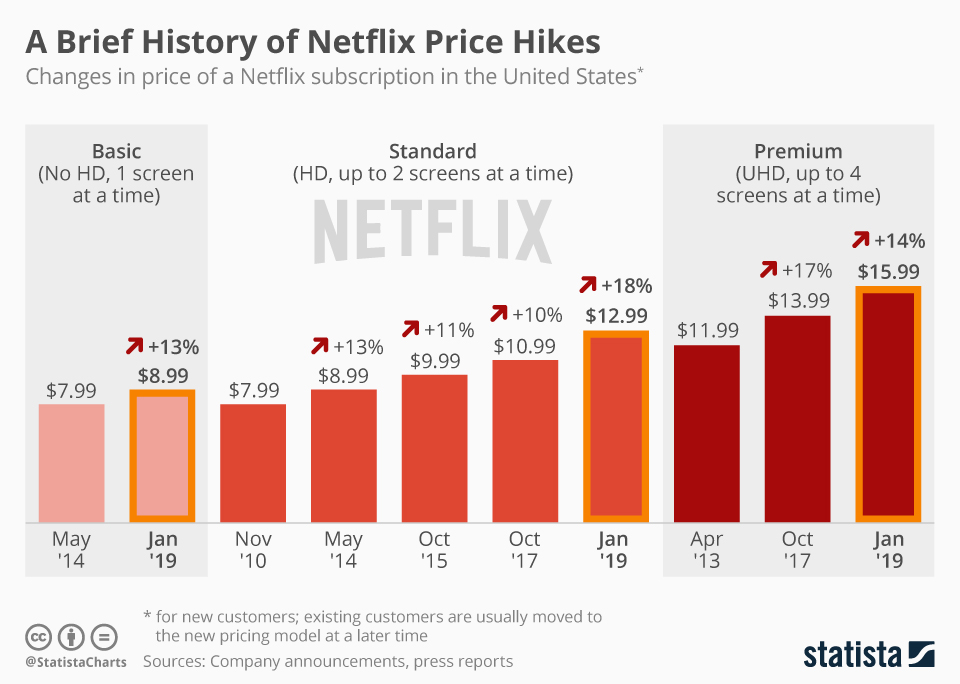
Historically, apps were sold using a one-time purchase model, where users would pay upfront to download the app and receive all features included. However, this model became less sustainable for developers as they needed to keep updating their apps to remain competitive. To address this issue, many app developers turned to subscription pricing, where users pay a recurring fee, often monthly or yearly, for continued access to the app and its features.
This model is especially attractive to developers because it provides a steady revenue stream. Subscriptions can result in higher lifetime value (LTV) for a customer compared to a one-time purchase, and it incentivizes developers to regularly update and improve their apps in order to justify the recurring costs. In theory, this benefits both developers and users, as apps that are financially supported can continue to evolve and improve.
However, as more apps adopt subscription models, users have found themselves managing multiple subscriptions, often to apps that they don’t use frequently. The result is a sense of fatigue as users try to juggle the recurring costs and decide whether the apps they’re subscribed to are still worth it.
The Problem of Subscription Fatigue
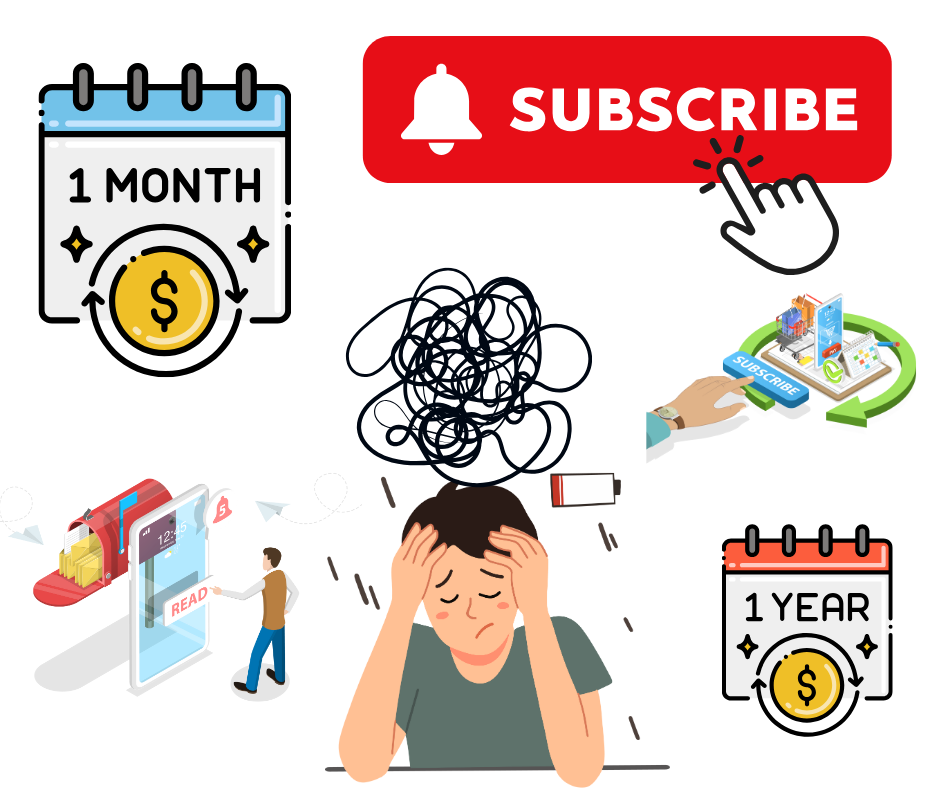
Subscription fatigue is a growing concern for consumers, who are now confronted with an ever-expanding list of monthly or annual charges. It’s a psychological and financial burden that many people are struggling to manage. According to a 2023 survey by Deloitte, more than 60% of consumers reported that they were becoming more selective about the subscriptions they maintained. Over 30% of respondents indicated they had canceled at least one subscription in the past year because they simply couldn’t keep track of the multiple subscriptions they were paying for, or because they no longer felt the service provided sufficient value.
This issue is compounded by the fact that app stores like Apple’s App Store or Google Play make it easy for consumers to sign up for subscriptions, often through simple, one-click payments. These recurring charges can add up quickly, leading to a phenomenon where users are subscribed to dozens of services without truly realizing how much they’re spending or whether they are actively using the apps.
Additionally, many consumers are frustrated by what they perceive as hidden costs. Apps often have free versions, but they are limited in functionality. To access the full suite of features, users must upgrade to a paid plan. These incremental payments can accumulate over time and lead to unexpected financial burdens, especially if users forget to cancel a subscription they no longer need or use.
As a result, users are now faced with the uncomfortable task of deciding whether the services they’re paying for are worth the ongoing cost. With so many options available, it’s easy for users to feel overwhelmed and lose track of what they’re actually subscribing to, leading to frustration and, in many cases, cancellation.
The Impact on Developers
Subscription fatigue isn’t just a problem for consumers – it also poses challenges for developers. App developers are keenly aware of the growing pressure to create value for their users. As more consumers become selective about the subscriptions they maintain, developers are forced to rethink their pricing models and how they offer value through their apps.
One approach that developers have taken to mitigate subscription fatigue is offering tiered pricing. With tiered pricing, users can choose from different levels of access to an app, ranging from a basic, free version to a more feature-rich paid option. This model allows users to gradually increase their commitment to an app, and it can encourage long-term customer loyalty by giving users the option to “try before they buy.”
Another strategy is implementing one-time payment options for certain features or premium content. While subscription pricing remains popular, many users are growing tired of recurring charges and would prefer to pay once for an app and receive lifetime access. By offering a one-time purchase option, developers can cater to users who are hesitant about signing up for yet another recurring charge. This model can work especially well for apps that provide tangible, standalone features, like photo editing or fitness tracking.
Some developers are also offering flexible subscription models that allow users to adjust their payment frequency. For example, an app might offer monthly, quarterly, or yearly subscription plans. This flexibility can help alleviate some of the pressure consumers feel when they are locked into a long-term commitment. It also allows users to pay according to their usage habits, which may make them more willing to continue their subscriptions.
The Emergence of Alternative Pricing Models
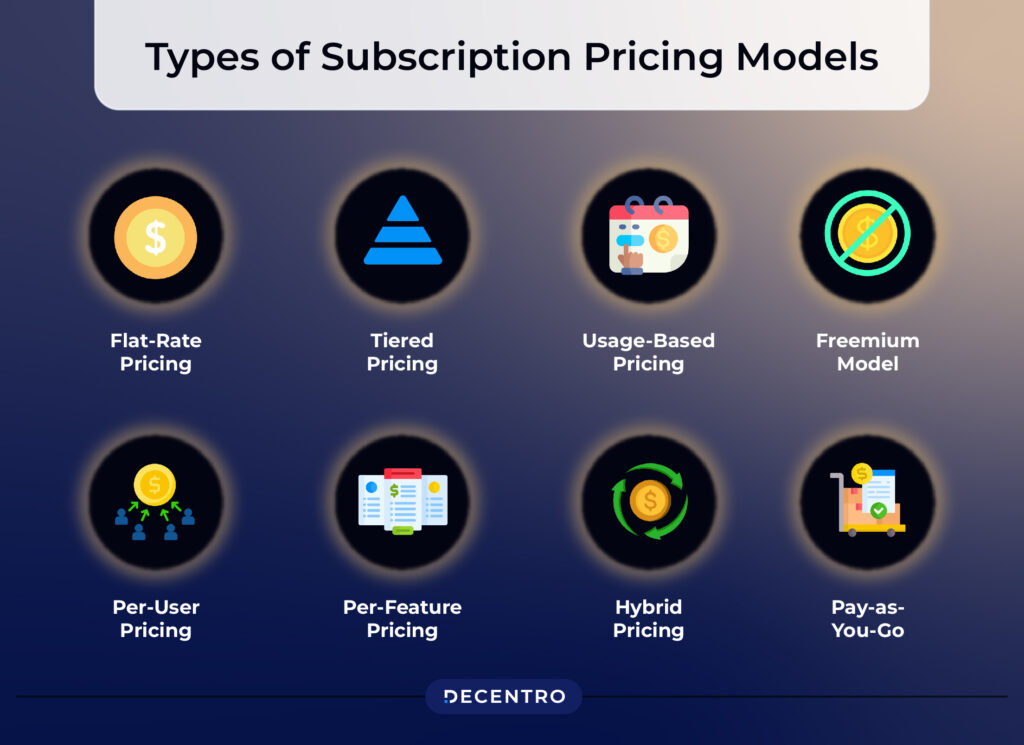
While subscription pricing is still the dominant model in the app industry, alternative pricing structures are gaining traction as developers seek to address the growing concerns surrounding subscription fatigue. A notable trend is the rise of freemium models, where users can access basic features of an app for free and pay only for premium features or additional functionality. This model allows users to “test” the app before deciding whether they want to invest in it, reducing the feeling of risk associated with a subscription.
Another alternative is the pay-per-use model, where users only pay for specific features or content that they use. This could work particularly well for apps with specialized functionality, such as travel planning, language learning, or online education. With pay-per-use, users are only charged when they actually use the service, which can be a welcome shift from the predictable, recurring costs of traditional subscriptions.
Microtransactions, popular in mobile gaming, are also becoming more common outside of the gaming industry. By offering in-app purchases for small features or virtual goods, developers can provide users with a more granular way to pay for exactly what they want. This model may appeal to users who are hesitant to commit to a subscription but are open to small, one-time payments for specific features or enhancements.
What Does the Future Hold?
As subscription fatigue continues to rise, developers will likely face increasing pressure to adopt more flexible, user-friendly pricing models. While subscriptions are unlikely to disappear entirely, it is clear that the future of app pricing will be marked by greater variety and customization.
In the coming years, it’s likely we’ll see even more experimentation with pricing models as developers try to find the perfect balance between profitability and user satisfaction. Whether through tiered plans, flexible subscriptions, freemium options, or one-time payments, the goal will be to reduce the burden on users while ensuring that developers can continue to innovate and provide value.
Ultimately, subscription fatigue presents an opportunity for both developers and consumers to rethink how apps are priced and how services are delivered. For developers, the key to success may lie in offering transparency, value, and flexibility to keep users engaged without overwhelming them with recurring costs. For consumers, the challenge will be to navigate the increasingly complex world of app subscriptions and make informed choices about where to invest their time and money.
As the app economy continues to evolve, only those who can strike the right balance between innovation and affordability will succeed in overcoming the challenge of subscription fatigue.


